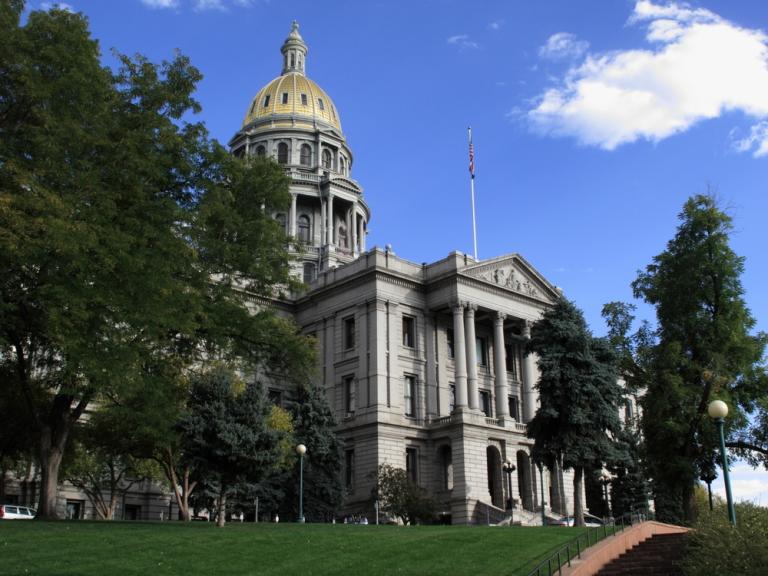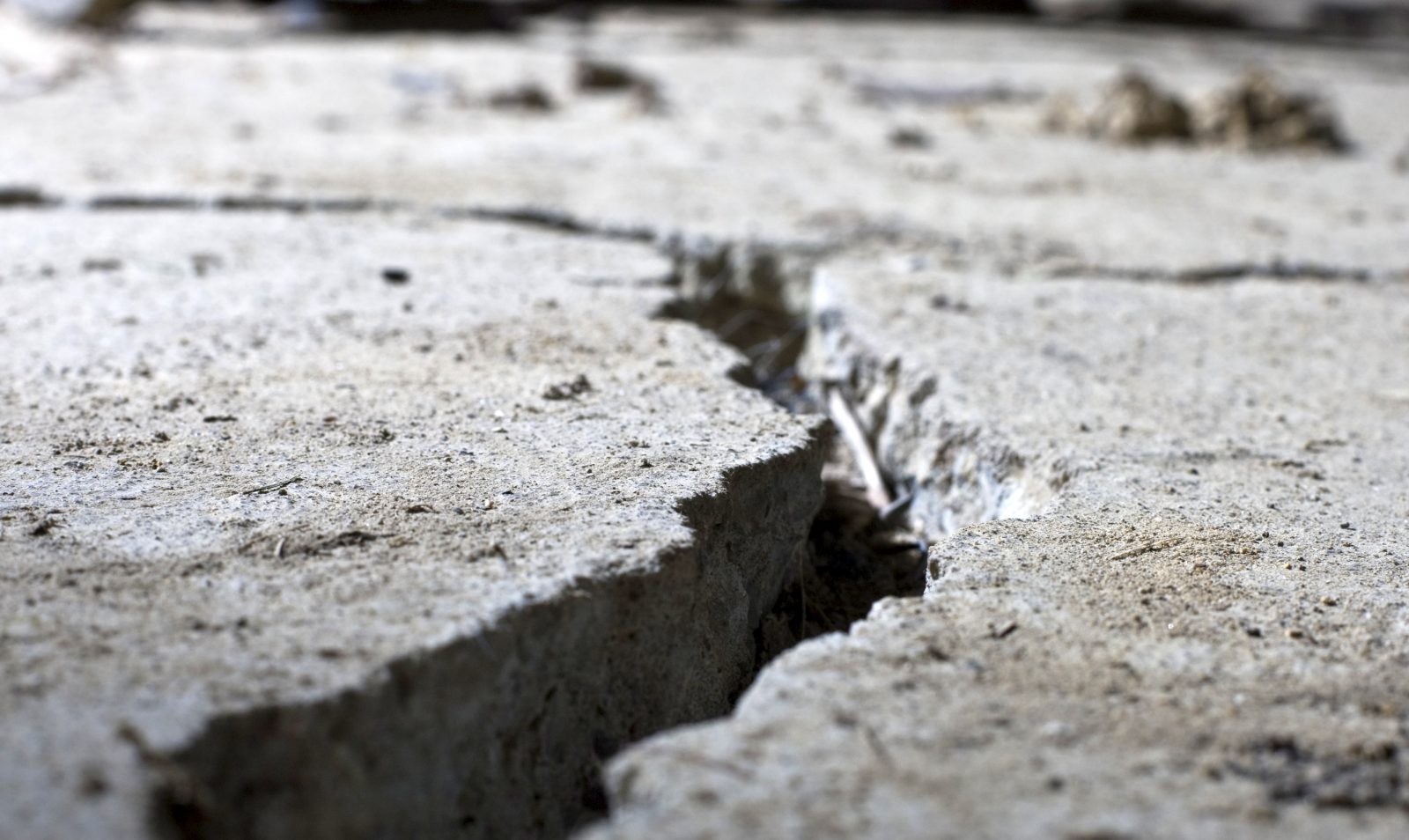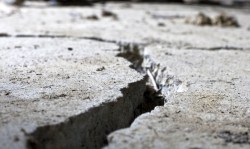We’ve known for a couple of years that fracking for oil and gas has been linked to some sizable earthquakes. The shaking doesn’t actually come from the high-pressure fracking itself, but from the injection of tons of post-frack dirty wastewater into disposal wells. Only Ohio requires a risk assessment for quakes around the state’s injection wells.
Mother Jones digs into this story, speaking with numerous scientists who agree: Frack the earth and it will frack you back. “There is no shortage of evidence,” writes reporter Michael Behar.
Between 1972 and 2008, the USGS recorded just a few earthquakes a year in Oklahoma. In 2008, there were more than a dozen; nearly 50 occurred in 2009. In 2010, the number exploded to more than 1,000. These so-called “earthquake swarms” are occurring in other places where the ground is not supposed to move. There have been abrupt upticks in both the size and frequency of quakes in Arkansas, Colorado, Ohio, and Texas. Scientists investigating these anomalies are coming to the same conclusion: The quakes are linked to injection wells. Into most of them goes wastewater from hydraulic fracking, while some … are filled with leftover fluid from dewatering operations.
Flatter states are more susceptible to fracking-related quakes — as MoJo puts it, “a stone makes a bigger splash when it’s hurled into a glassy pond than a river of raging whitewater.” (But pretty please don’t take that as an invitation to drill California to shaky bits.)
The least surprising part of all this? That the industry is reluctant to accept that it might be responsible for tearing peoples’ houses down — or at least that it doesn’t want to talk to lefty magazines about it.
Some scientists are concerned that industry and government officials don’t want to work with them on the issue.
“Nobody is talking to one another about this,” says William Ellsworth, a prominent USGS geophysicist who’s published more than 100 papers on earthquakes. Among other mishaps, Ellsworth worries that a well could pierce an unknown fault “five miles from a nuclear power plant.” …
There is “a lack of companies cooperating with scientists,” complains seismologist [John] Armbruster. “I was naive and thought companies would work with us. But they are stonewalling us, saying they don’t believe they are causing the quakes.” Admitting guilt could draw lawsuits and lead to new regulation. So it’s no surprise, says [researcher Justin] Rubinstein, “that industry is going to keep data close to their chest.” When I ask Jean Antonides, New Dominion’s VP of exploration, why the industry is sequestering itself from public inquiry, he replies, “Nobody wants to be the face of this thing.” Plenty of misdeeds are pinned on oil and gas companies; none wants to add earthquakes to the list.
Geophysicists often work with oil and gas companies, further muddying the wastewater when it comes to the fracking facts. One of those scientists, Stanford professor and industry booster Mark Zoback, tells Behar: “Three things are predictable whenever earthquakes occur that might be caused by fluid injection: The companies involved deny it, the regulators go into a brain freeze because they don’t know what to do, and the press goes into a feeding frenzy because they get to beat up on the oil and gas industry, whether it is responsible or not.”
Yum, feeding frenzy! But I think we’re hungrier for some regulation. Who has time to beat up on frackers when we’re preparing for potential seismic doom?





